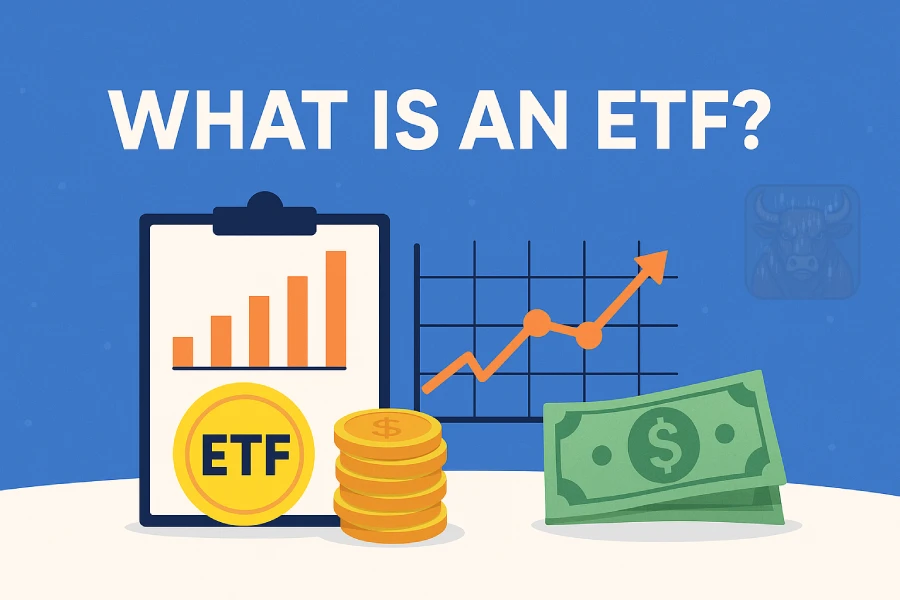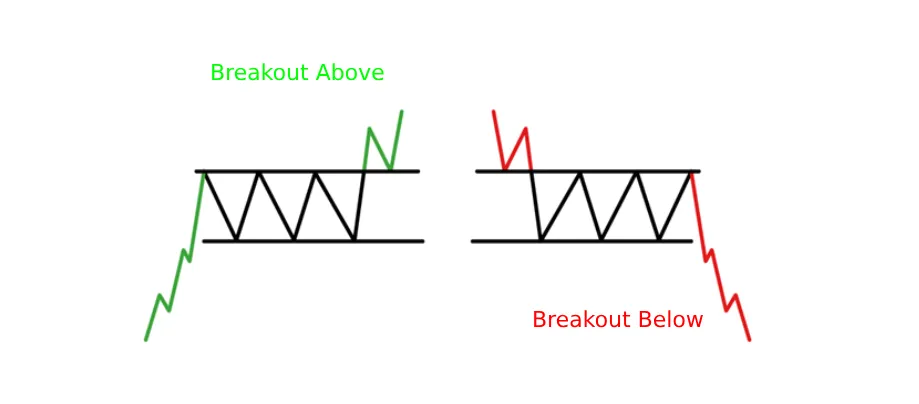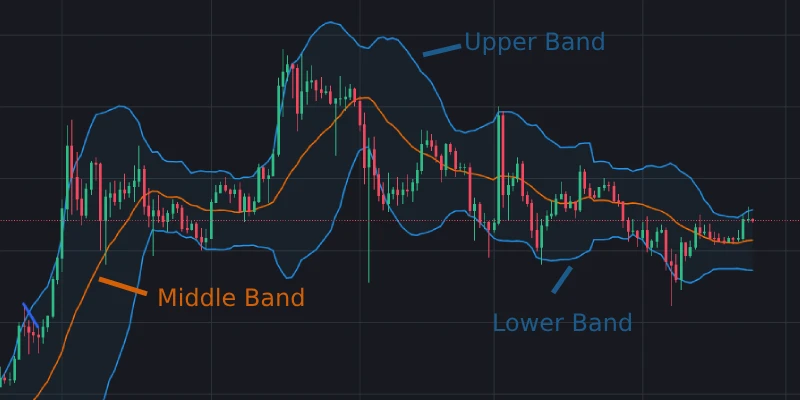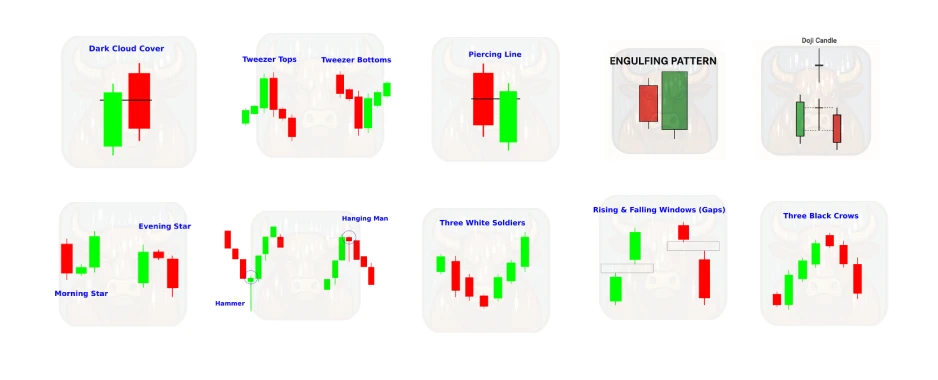📉 What is Debt/EBITDA? The Complete Guide to Understanding Leverage Ratios

Did you know that 93% of failed businesses share one common financial red flag? It’s a Debt/EBITDA ratio that spiraled out of control. I learned this the hard way when analyzing a “can’t-miss” startup that collapsed six months later – all because I missed what this crucial ratio was telling me.
In this eye-opening guide, you’ll discover:
✅ How to calculate Debt/EBITDA in 60 seconds
✅ Why bankers obsess over this number during loan approvals
✅ The dangerous myth about “safe” Debt/EBITDA levels
✅ Industry-specific benchmarks you can use today
“I once invested in a company with Debt/EBITDA of 8x because ‘the growth story was compelling.’ That stock now trades at penny levels.” Learn from my costly mistake.
💡 What is Debt/EBITDA?
Debt/EBITDA is a leverage ratio that measures a company’s ability to pay off its debt. It answers the critical question:
“How many years would it take this company to pay all its debt using its current earnings?”
📌 Key Components:
- Total Debt (Short-term + long-term liabilities)
- EBITDA (Earnings Before Interest, Taxes, Depreciation & Amortization)
Why It Matters:
✔ Banks use it for loan approvals
✔ Investors spot bankruptcy risks
✔ Reveals how aggressively a company is leveraged
🧮 How to Calculate Debt/EBITDA (With Real Example)
The Debt/EBITDA Formula:
Debt/EBITDA = Total Debt / EBITDAStep-by-Step Calculation:
- Find total debt on the balance sheet (current + non-current liabilities)
- Locate EBITDA on the cash flow statement (or calculate: Net Income + Interest + Taxes + Depreciation + Amortization)
- Divide total debt by EBITDA
📊 Walmart Example (2023):
- Total Debt: $58.2 billion
- EBITDA: $33.1 billion
- Debt/EBITDA = 58.2 / 33.1 = 1.76x
💡 Pro Tip: Many financial sites (Yahoo Finance, Bloomberg) show this ratio pre-calculated – look for “Total Debt/EBITDA.”
📊 Interpreting Debt/EBITDA: What’s Good?
| Ratio | Risk Level | What It Means |
|---|---|---|
| <1x | Very Low | Could be under-leveraged |
| 1-3x | Moderate | Healthy for most industries |
| 3-5x | High | Common in acquisitions/LBOs |
| >5x | Dangerous | Potential solvency issues |
⚠️ Critical Insight: A 4x ratio might be normal for utilities but catastrophic for retailers.
🏭 Industry-Specific Debt/EBITDA Benchmarks
| Industry | Typical Range | Why? |
|---|---|---|
| Utilities | 3-5x | Stable cash flows |
| Tech | 1-2x | Volatile earnings |
| Telecom | 2-4x | High infrastructure costs |
| Manufacturing | 2-3x | Moderate capital needs |
| Oil & Gas | 1.5-3x | Cyclical nature |
“I once compared a 2.5x tech company to a 4x utility – completely missed that the utility was actually safer!”
🔍 3 Advanced Debt/EBITDA Analysis Techniques (Used by Wall Street)
1️⃣ Net Debt/EBITDA – The True Leverage Check
Many companies hold large cash reserves that offset debt. Net Debt/EBITDA gives a clearer picture by subtracting cash:
Net Debt/EBITDA = (Total Debt - Cash & Equivalents) / EBITDA
💡 Why it matters: A company with $5B in debt and $4B in cash isn’t nearly as risky as it looks. This version reveals real debt burden.
📘 Example:
If Total Debt = $6B, Cash = $2B, EBITDA = $2B
Then Net Debt/EBITDA = (6-2)/2 = 2x
2️⃣ Interest Coverage Ratio – Can They Afford the Interest?
Debt isn’t just about how much you owe — it’s about whether you can pay the bill. This ratio shows how easily a company can cover its interest expenses:
Interest Coverage = EBITDA / Interest Expense
✅ Healthy Ratio: >3x
⚠️ Warning Zone: <1.5x (Could be nearing default)
💬 Tip: Pair this with Debt/EBITDA to understand both repayment and interest sustainability.
3️⃣ Covenant Compliance – The Hidden Time Bomb
Lenders often include strict debt covenants in loan agreements, like “Debt/EBITDA must stay under 3.5x.” Violating them can trigger:
- Higher interest rates
- Forced asset sales
- Even bankruptcy
🔍 How to Analyze:
- Check company filings (10-K, 10-Q) for covenant terms
- Monitor trendline: Is the ratio approaching the limit?
📉 Example: A company hovering at 3.4x with a 3.5x covenant could be one bad quarter away from default.
⚠️ 5 Debt/EBITDA Pitfalls to Avoid
❌ Comparing across industries (See benchmarks above)
❌ Ignoring EBITDA quality (Adjust for one-time items)
❌ Overlooking maturity walls (When debt comes due)
❌ Using alone (Pair with free cash flow analysis)
❌ Projecting past trends (Future EBITDA may differ)
That “safe” 2x ratio? Worthless if EBITDA is about to drop 50%.
📈 Debt/EBITDA vs Other Leverage Ratios
| Ratio | Measures | Best For | Debt/EBITDA Comparison |
|---|---|---|---|
| Debt/Equity | Capital structure | Long-term solvency | Less focused on repayment ability |
| Interest Coverage | Payment ability | Short-term liquidity | Doesn’t show principal repayment |
| FFO/Debt | Cash flow coverage | REITs/utilities | More conservative |
💡 Smart Analyst Move: Use Debt/EBITDA with Interest Coverage.
❓ Debt/EBITDA FAQs
Depends on industry – generally avoid >5x outside utilities.
Yes (if EBITDA is negative) – immediate red flag.
Because it shows cash available for debt payments.
Quarterly for investors, monthly if highly leveraged.
Only if they have consistent EBITDA (rare in early stages).
📌 Key Takeaways
✔ Measures years needed to pay debt from earnings
✔ 1-3x is generally healthy (varies by industry)
✔ Always compare to sector benchmarks
✔ Watch for EBITDA manipulation
✔ Use with cash flow metrics for full picture
🚀 Your Action Plan
- Today: Calculate for your top 3 holdings
- This Week: Compare to industry averages
- Next Month: Track ratio trends over time
- Ongoing: Screen for companies with ratio <2x
This is the Debt/EBITDA guide I needed before that disastrous investment. Now you’re equipped to spot debt traps before they spring! 💸🔍






